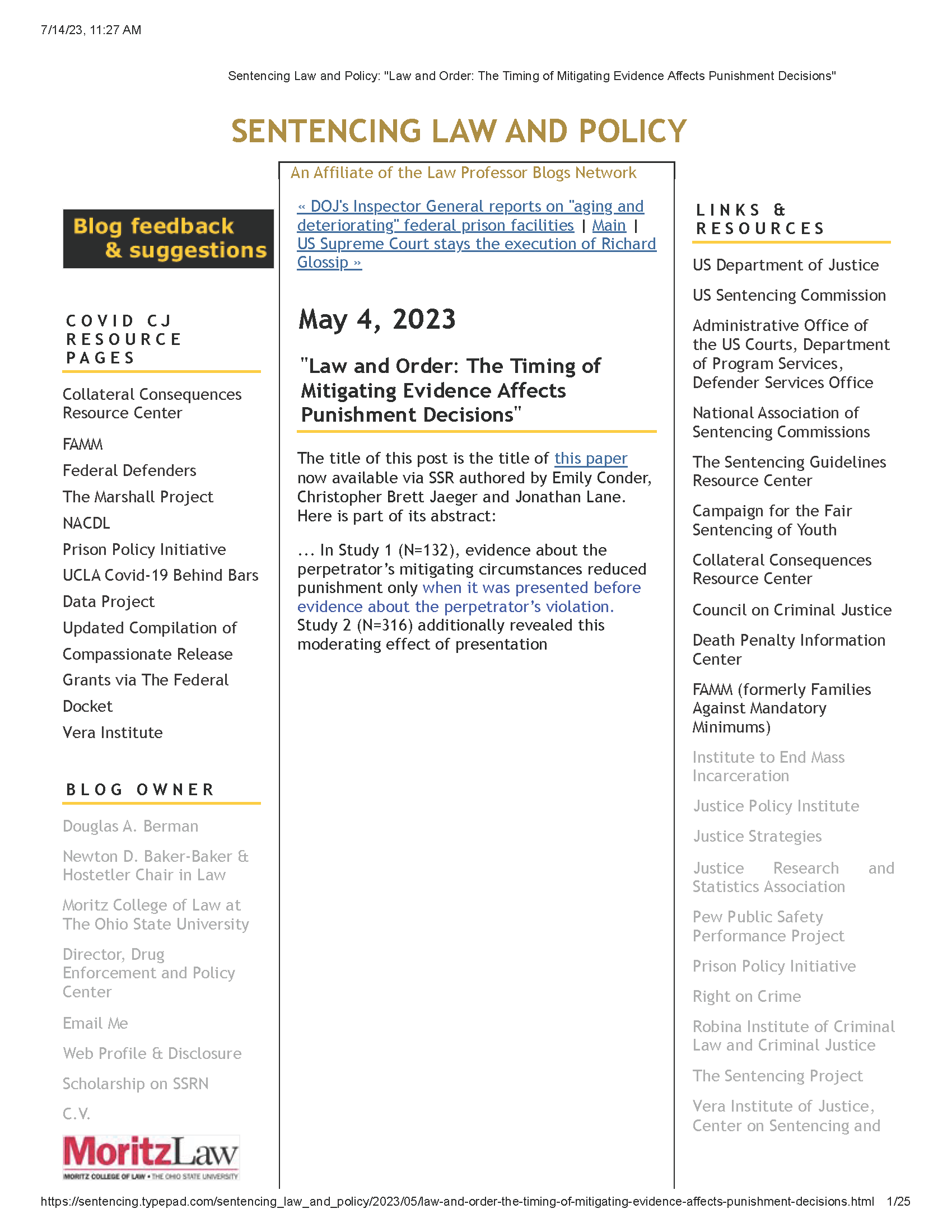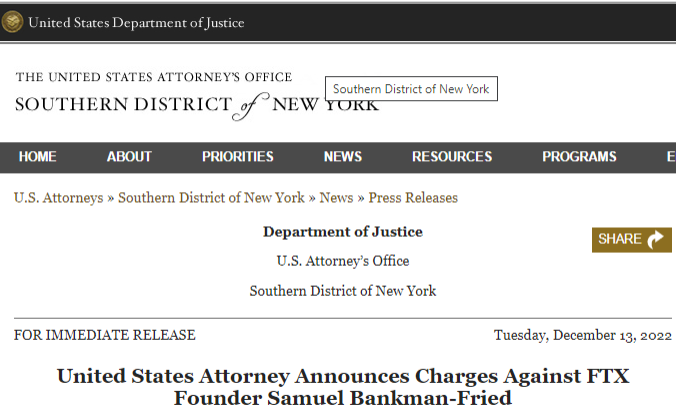I) YOUR NARRATIVE
HUMANIZE YOURSELF TO YOUR JUDGE
THE DOJ HAS ALREADY TOLD YOUR STORY THROUGH YOUR INDICTMENT
A WELL-WRITTEN NARRATIVE IS THE STORY THAT SHARES YOUR LIFE HISTORY: ACCEPTING RESPONSIBILITY AND REMORSE FOR THE VICTIMS HARMED
This video covers why your NARRATIVE is critical in your defense. Why? To date, the DOJ has published your story or autobiography in the form of your INDICTMENT, which was released everywhere across the net, and if you do nothing, your judge will read and assume the gospel truth.
If you don’t agree with 100% of your INDICTMENT, you have a choice: to tell your story through Your NARRATIVE. I hope this video helps. I’m available to answer any questions.
This should be provided to your Probation Officer 1-2 weeks before your Presentence Interview to be included in your Presentence Report. It impacts STAKEHOLDERS you will meet,
- Your Attorney: Besides your charges, they will learn more about who you are. This may help in your defense.
- Your Probation Officer: Following your interview and investigation, they will draft the official Presentence Report based on what they have learned from you. With no NARRATIVE, it will be skewed toward the version of the INDICTMENT. Please take the time to write your NARRATIVE and proofread it and your Presentence Report for accuracy with your attorney.
- The Prosecutor will still likely want to convict you but may be swayed by your NARRATIVE.
- The Courts /Your Judge usually already has a sentence in mind by the time you get to your sentencing hearing.
- If your NARRATIVE was written and embedded within your Presentence Report, your judge likely would have read it, learning more about you than just what was in your INDICTMENT. Depending on your NARRATIVE, judges across the country agree that they want to hear from the defendants because crimes do not happen in a vacuum. Judges want to learn the why. After learning the why, do you take responsibility for your actions? And do you have remorse for the harm caused to the victims of the crime you have perpetrated?
Michael. Santos interviews Federal Judge Mark Bennett on the importance of writing Your Personal NARRATIVE and including it in Your Presentence Report.
If your attorney doesn’t want your Narrative, this is ‘Your Life’—You Decide.
Insist that they include it In Your PSR,
“I’m not saying it; this is from Federal Judge Mark Bennett.”
But if you cower to the attorney’s wishes – Regrets after sentencing can’t help you.
Title 18, Section 3553, states the various factors that judges must consider when determining the proper sentence for a given offense. Among the most pertinent considerations are the Nature and Circumstances of the offense itself and the offender’s Personal History and Individual Characteristics.
These factors help ensure that sentencing decisions are fair and just and that the punishment fits the crime. This is your opportunity to provide your Story, Autobiography, or NARRATIVE of your life and what brought you to this day. Accepting responsibility and Having Remorse for the Victims you Created.
DOWARD DEPARTURE Factors/Variances (Woven into the Narrative or Memorandum)

Collateral Consequences of Criminal Conviction and Restoration of Rights: News, Commentary, and Tools
-
- SBA finalizes rule limiting consideration of criminal history in loan programs April 30, 2024
- First fair chance licensing reforms of 2024, March 27, 2024
- “Advancing Second Chances: Clean Slate and Other Record Reforms in 2023,” January 8, 2024
- Restoration of Rights Project
- 50-State Comparison: Limits on Use of Criminal Record in Employment, Licensing & Housing
E Factors:
E Factors refer to circumstances that may warrant a departure from the sentencing guidelines established by the United States Sentencing Commission. These factors include aspects of the offense or the offender’s background that the guidelines do not adequately consider. Some examples of E factors include:
-
- The defendant’s role in the offense
- The defendant’s criminal history
- The presence of substantial assistance provided by the defendant to law enforcement
- The defendant’s mental or physical condition
- Mental Illness:
Did this contribute to the crime? Was there a history of significant abuse or trauma growing up? Either way, have you been in therapy? Has your attorney requested that you be evaluated? If a current treating therapist exists, it is best for all if they appear as witnesses. Most judges would rather hear from a treating physician than a doctor for hire. This is not to put down experts, as they provide expert testimony that can only come from a select few. - Was substance abuse involved in your charge(s)? Did you start treatment before your indictment, the guilty hearing, Presentence Interview (PSI), or Sentencing?
- All the better, AA, NA, GA, or Psychological Counseling should be included in your PSR and Sentencing Memorandum. Letters verifying either completion or ongoing treatment add credibility.
- Mental Illness:
- The defendant’s acceptance of responsibility for the offense
- Any other relevant factor that justifies a departure from the guidelines
F Factors (Below Guideline Range Factors):
F Factors refer to circumstances that may justify imposing a sentence below the guideline range, even if a departure is not warranted. These factors are also considered under 18 U.S.C. § 3553(a) and include:
-
- The Nature and Circumstances of the Offense
- The History and Characteristics of the Defendant
- The sentence must reflect the offense’s seriousness, promote respect for the law, and provide just punishment.
- There is a need to afford adequate deterrence to criminal conduct.
- The public needs to be protected from further crimes the defendant commits.
- The defendant must receive educational or vocational training, medical care, or other correctional treatment.
II) Your NARRATIVE: Influences STAKEHOLDERS You Haven’t Met Yet.
1. BOP Office of Designation, Grand Prairie, TX: As part of your Presentence Report, it will impact where they place you, yet you have never met them.
2. BOP Staff; Warden, Unit Team, Case Manager:
-
-
- For case managers and unit teams, these are employees, and they see hundreds of inmates/people (if not thousands), so how can you differentiate yourself – demonstrate that you are staying out of trouble, doing your assigned job, attending FSA Classes, and doing other constructive work. Reading Non-Fiction, teaching a course, and documenting everything you do (these are ideas I learned from others). Are you an artist? That is important as long as you have constructive interest that can lead to a career after release.
- There are few ways in prison to demonstrate an individual’s Personal Growth and Development that prepare them to reenter society as law-abiding citizens. However, using your time constructively is important, as BOP Staff will observe you daily.
- Eventually, you will be released. Will you need to work? What are your interests? Is this too early or premature in your sentence to consider this question? Honestly -> No.
- Are you a High School Grad?
- No, then consider getting your GED.
- Yes, Then get a College Degree with The Second Chance Pell Grant.
- If you have already graduated from college or graduate school or built a successful business, consider teaching a course and giving credit to your case manager.
- In the meantime, use your time constructively. Read to learn, which is Non-Fiction on any topic from painting to computers, History to Philosophy. And if you’re serious, which I hope you are, write down the parts that interest you for later use.
-
III) Your ALLOCUTION.
Developes from your Narrative. During the judge’s conversation with you, in addition to covering the points below, he/she may want to know your plan is not to return to their courtroom. This is a short, to-the-point video.
During Your Allocution, Judges Look For,
-
- A sincere demeanor
- Discuss what “taking full responsibility” means to the defendant.
- An acknowledgment that there are victims (e.g., even when the PSR indicates “no identifiable victim,” as it does in most drug cases);
- A more impressive Allocution details how the defendant’s criminal conduct affected the victims.
- An expression of genuine remorse.
- A plan to use prison or probation time productively.
- Discussing why the defendant wants to change his or her criminal behavior, perhaps most importantly, information that helps humanize the defendant and the defendant’s role in the crime.
- Tell their story, but don’t minimize the seriousness of what your client did.
- Judges sometimes ask defendants what they will do to reduce their need to re-offend upon release.
- Show his/her strengths and weaknesses.
- If you can show that you and the court agree on the seriousness of the offense, the chances of the court accepting your other statements will increase.
To Get Started With Your NARRATIVE
Call 240.888.7778 for a personal one-on-one call
to discuss your current issue or that of a loved one.-Marc Blatstein
3/28/2024, Sam Bankman-Fried Sentenced to 25 Years. When You Don’t Accept Responsibility, and Have No Remorse for Victims You’ve Harmed.
Judge Kaplan went on to say that,
-
- Bankman-Fried repeatedly committed perjury and witness tamperring.
- “This man could do something very bad in the future, and it’s not a trivial risk at all.”
The two things that SBF should have done,
-
- Accept Responsibility – Don’t Blame ‘Others.’
- Express Remorse – Judge Kaplan said he expressed “never a word of remorse for the commission of terrible crimes.”
The current CEO of FTX, John Ray, noted that “Mr. Bankman-Fried continues to live a life of delusion.”
My Comments,
-
- Was there ever a moment when his legal team encouraged him to accept responsibility and express remorse for the victims harmed?
- Video or written, with or without mental health professionals working to bring out the story of his life, at the same time, answering the How and What happened as this event exploded out of control.
- While their sentencing memorandum was well-written, most of it should have been written by SBF if, for no other reason than judges know that attorneys are paid to say nice things about the defendant. This may have been reflected in a better sentence – No Guarantees.
- SBF’s 25-year sentence will age him two years for every year incarcerated.
Call 240.888.7778 for a personal one-on-one call
to discuss your current issue or that of a loved one. -Marc Blatstein










